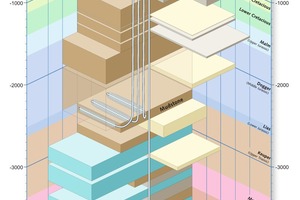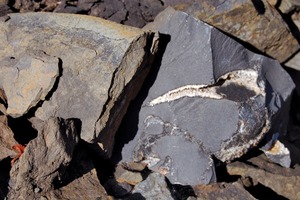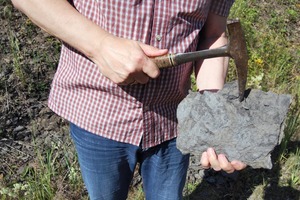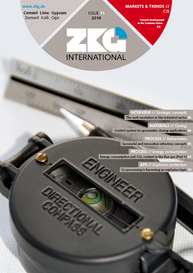Fracking
Hydraulic fracturing is a well-stimulation technique in which rock is fractured by a hydraulically pressurized liquid. A high-pressure fluid (usually chemicals and sand suspended in water) is injected into a borehole to create cracks in the deep-rock formations through which natural gas, petroleum, and brine will flow more freely. When the hydraulic pressure is removed from the well, small grains of hydraulic fracturing proppants (either sand or aluminium oxide) hold the fractures open once the deep rock achieves geologic equilibrium.
The hydraulic fracturing technique is commonly applied to wells for shale gas, tight gas, tight oil, and coal seam gas. Such well-stimulation is common throughout the exploitation of the field to greatly increase the flow rate. Stimulation is intensified to extend the period before production declines.
Hydraulic fracturing began as an experiment in 1947, and the first commercially successful application followed in 1949. As of 2012, 2.5 million hydraulic fracturing operations had been performed worldwide on oil and gas wells; over one million of those within the U.S.




